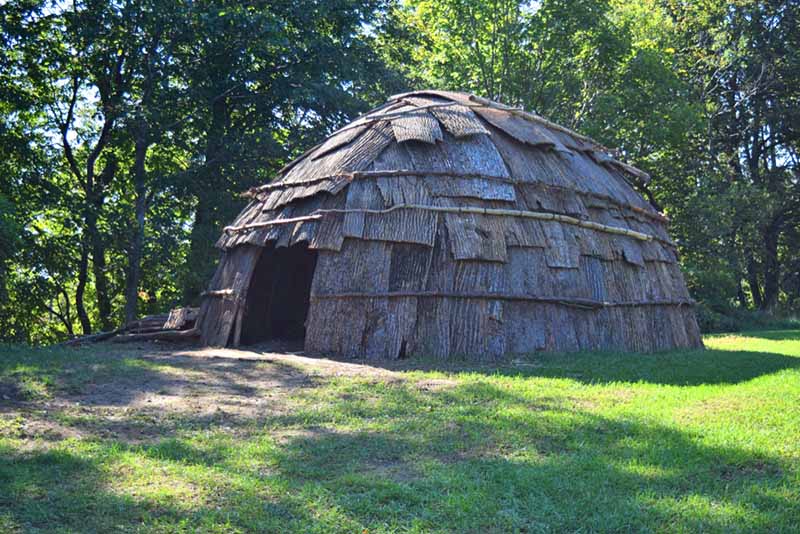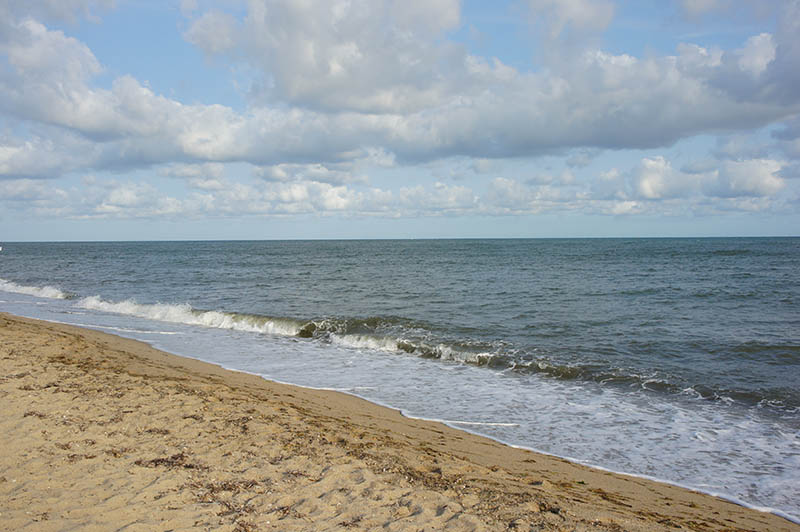

- Contact Us
- Search
-
Mayflower400 partner destinations:
The story of Squanto
Tisquantum was born in 1580 and became known as Squanto, though little is known of his early life.
Some believe Tisquantum was captured as a young man on the coast of what is now Maine by Captain George Weymouth in 1605. Weymouth was an Englishmen commissioned to explore the American coastline and thought his financial backers might like to see Native American people.
It is said by some that Tisquantum was captured and brought to England along with four others. Whether or not this is the case, he was in his homeland again by 1614, watching another English explorer called Thomas Hunt arrive on his people’s shores.
Hunt lured 24 Native Americans on board his ship under the premise of trade. Their number included Tisquantum. Hunt locked them up below deck, sailed for Spain and sold these people into the European slave trade.
It is thought Tisquantum was liberated some years later, when it is thought he returned to America in 1619 working as an interpreter for Captain Thomas Dermer.
Tisquantum later searched for his homeland but tragically, he arrived as the Great Dying reached its horrific climax. His tribe had all been wiped out. His home village, Patuxet, was lost.

What was the Great Dying?
Ships from England had been fishing and trading in North America waters since the beginning of the 16th century. They also took Native Americans back to Europe – some as slaves – often to callously exhibit.
But they also brought an invisible killer to American shores – disease.
Before 1492, the Native American people lived sparsely and were largely isolated from the rest of the world, meaning they were mostly protected from the threat of foreign illness.
This also meant they lacked immunity to the pathogens that would eventually arrive. Europeans were exploring the villages of indigenous people long before the Mayflower arrived, and they spread sickness at a devastating rate.
The most alarming period is known as the ‘Great Dying’ between 1616 and 1619. A mysterious disease ravaged the region where the Wampanoag lived as their lands were explored in greater numbers.
Entire villages were lost and only a fraction of the Wampanoag Nation survived. This meant they were not only threatened by the effects of colonisation but vulnerable to rival tribes and struggled to fend off the neighbouring Narragansett, who had been less affected by this plague.
In the winter of 1616-17 an expedition dispatched by Sir Ferdinando Gorges found a region devastated by war and disease, the remaining people so “sore afflicted with the plague, for that the country was in a manner left void of inhabitants”.
Two years later another Englishman found “ancient plantations” now completely empty with few inhabitants – and those that had survived were suffering.
It is believed Tisquantum was eventually captured by the Wampanoag, suspicious of his close relationship with Thomas Dermer.
The arrival of the Mayflower
In March 1621, an English-speaking Native American named Samoset, was visiting the Wampanoag chief Ousamequin, known as Massasoit. He is said to have entered the grounds of a new colony that was beginning to establish itself after the arrival of a ship called the Mayflower in the winter of 1620. He introduced himself, and is said to have asked for beer.
Samoset had learned English from the fishermen who had frequented the waters off the American coast and talked to these new settlers, establishing a rapport.
He later returned with deer skins to trade. They didn’t trade on this occasion, but they did exchange food. A few days later, Samoset returned. With him came Tisquantum, whose experience meant his English was much advanced.
The Wampanoag put Tisquantum to the test and freed him to help these new Englishmen. He taught them to plant corn, which became an important crop, as well as where to fish and hunt beaver. He also introduced them to the Wampanoag chief Ousamequin, an important moment in developing relations.
Success followed and following a bumper harvest in the autumn of 1621, the colonists decided to celebrate with a three-day festival of prayer.
What happened to Squanto?

He is thought to have died in Plymouth Colony in November 1622 after contracting what William Bradford described as “Indian fever”. Bradford wrote the following account:
"In this place Squanto fell sick of Indian fever, bleeding much at the nose (which the Indians take as a symptom of death) and within a few days died there; desiring the Governor to pray for him, that he might go to the Englishmen's God in Heaven; and bequeathed sundry of his things to English friends, as remembrances of his love; of whom they had a great loss."
Author Nathaniel Philbrick later speculated that Tisquantum may have been poisoned by Massasoit, whose own son, the so-called King Philip, may have assassinated John Sassamon - an event which led to the bloody King Philip’s War more than half a century later.
- Read more about Native America and the Mayflower here.
Sign up for the latest Mayflower 400 news
You'll be the first to hear the latest Mayflower news, events, and more.
Log In
Register
Mayflower 400 Proudly Supported by our National Sponsors and Funding Partners






